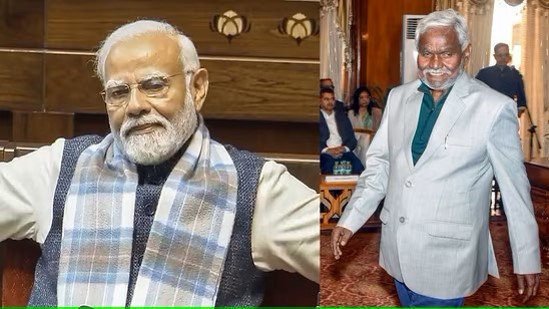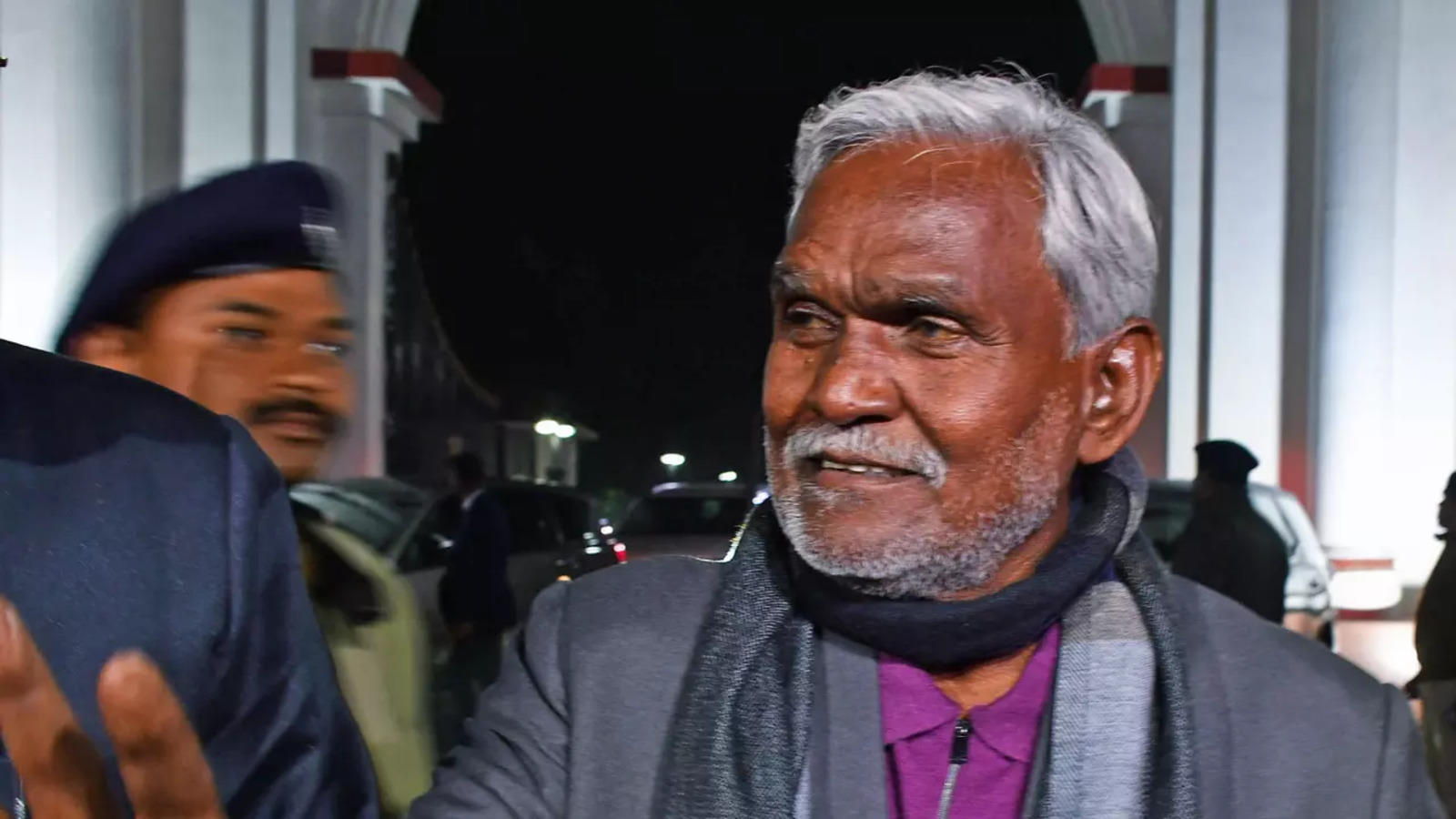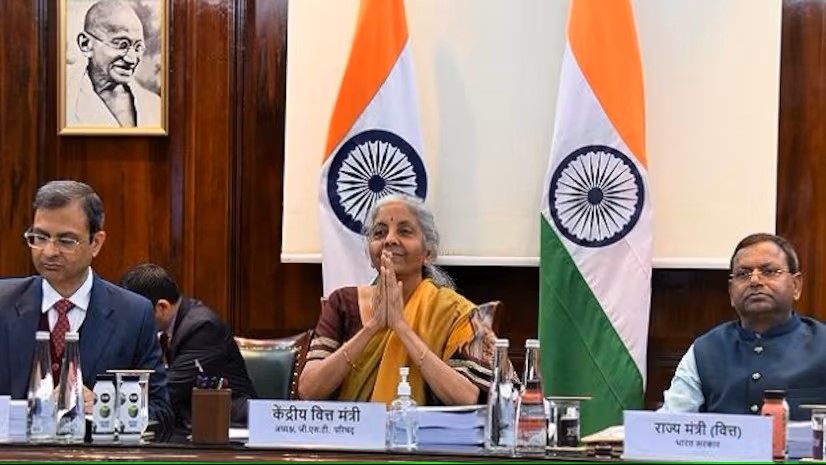Champai Soren’s elevation to Jharkhand’s Chief Minister’s post has sparked fervent debate, delving beyond individual merit to scrutinize the broader web of socio-political forces that may have influenced his ascent. While Leader of Opposition Amar Kumar Bauri’s analysis provides a stimulating viewpoint, attributing Soren’s rise solely to an “anti-dynasty wave” championed by Prime Minister Modi paints an incomplete picture.
 Bauri’s core argument hinges on the widespread acceptance of Modi’s unwavering criticism of dynastic politics, implying that Soren, despite hailing from the same party as his predecessor Hemant Soren, benefited from a public preference for non-familial leadership. Aligning with the BJP’s national narrative, this interpretation risks overlooking the intricate internal dynamics of Jharkhand’s political landscape.
Bauri’s core argument hinges on the widespread acceptance of Modi’s unwavering criticism of dynastic politics, implying that Soren, despite hailing from the same party as his predecessor Hemant Soren, benefited from a public preference for non-familial leadership. Aligning with the BJP’s national narrative, this interpretation risks overlooking the intricate internal dynamics of Jharkhand’s political landscape.
Soren’s journey to the top cannot be solely attributed to surfing a national wave. His extensive political experience, acquired through multiple stints as MLA and Minister, undoubtedly strengthened his candidacy. Moreover, his position as vice-president of the Jharkhand Mukti Morcha (JMM) positioned him strategically to assume leadership, especially after Hemant Soren’s resignation amidst ongoing legal investigations.
Furthermore, Bauri’s reference to the “legal troubles” faced by the previous JMM government cannot be disregarded. Public discontent with the incumbent administration, coupled with Soren’s untainted image, might have swayed public opinion. However, it is essential to remember that the legal case against Hemant Soren remains sub judice, necessitating a cautious approach when connecting it definitively to public sentiment.
The impending trust vote for the new government and concerns about potential poaching by rival parties further highlight the intricate political chessboard in Jharkhand. This underscores the need to move beyond singular narratives and delve deeper into the state’s unique political tapestry.
Therefore, while Bauri’s interpretation offers a valuable starting point, it necessitates further exploration. To attain a comprehensive understanding of Soren’s rise, a nuanced analysis encompassing his credentials, internal party dynamics, the complex legal landscape, and the broader socio-political climate of Jharkhand is critical. Examining diverse perspectives critically and avoiding simplistic explanations provides a richer comprehension of the forces that shaped this political transition.
However, the analysis goes beyond merely acknowledging these factors. Let’s delve deeper into each, weaving them into a comprehensive tapestry.
Bauri’s argument primarily focuses on national-level political discourse, potentially overshadowing the crucial role of Soren’s merit and position within the JMM. Soren’s political career spans several terms as MLA and Minister, garnering him valuable experience and familiarity with governance. Moreover, his dedication to tribal issues resonates with a significant portion of the Jharkhand electorate, solidifying his support base.
Within the JMM, Soren’s position as vice president placed him in line for leadership, especially after Hemant Soren’s resignation. His loyalty to the party and its core principles likely resonated with other JMM members, facilitating a smooth transition of power.
Bauri mentions the “legal troubles” faced by the previous government, a sensitive topic requiring a nuanced approach. While public disenchantment with the incumbent administration may exist, directly linking it to Soren’s rise demands caution. The legal case against Hemant Soren remains sub judice, and attributing public opinion solely to this ongoing investigation carries inherent risks.
However, a broader examination of public perception reveals factors beyond legal issues. Soren’s image as an untainted politician, untarnished by legal controversies, might have contrasted favourably with the previous administration, potentially influencing public opinion. This highlights the complexity of public perception and the need to avoid simplistic cause-and-effect explanations.
The upcoming trust vote for the new government adds another layer of complexity to the narrative. Concerns about potential poaching by rival parties highlight the precarious nature of Jharkhand’s political landscape. It emphasizes the need to move beyond singular narratives and consider the intricate power dynamics at play.
To fully grasp Soren’s rise, analyzing solely public statements and national-level trends proves insufficient. By meticulously examining the multifaceted influences – individual credentials, internal party dynamics, the legal landscape’s nuances, and the broader socio-political climate – we can weave a more accurate tapestry of the forces that propelled him to power.




